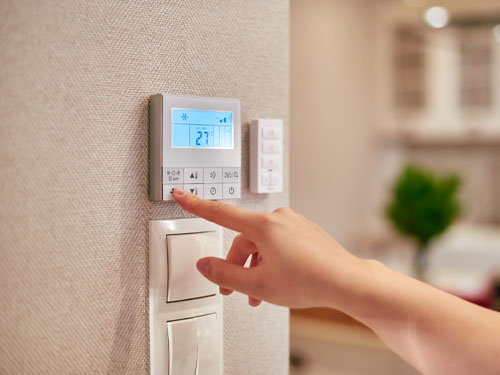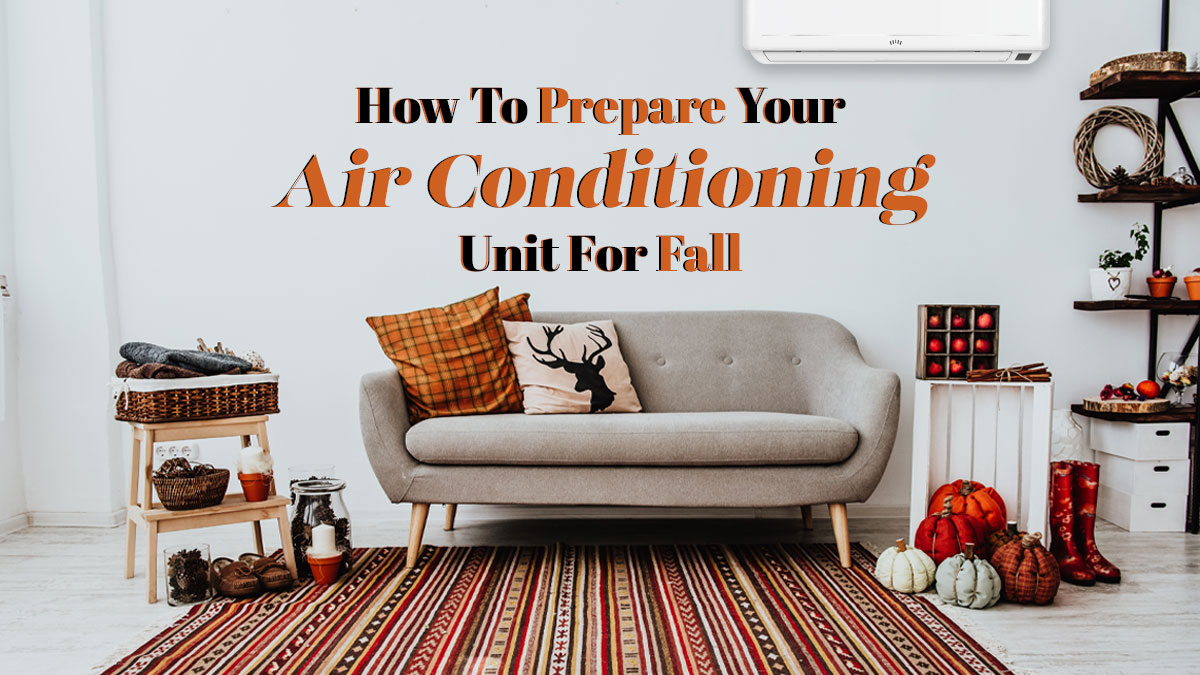
How To Prepare Your Air Conditioning Unit For Fall
The fall season is a time for pumpkins, warm soups, and preparing your HVAC system for cooler weather. At the same time, it’s not unusual to experience several days of uncomfortably high temperatures reminiscent of the dog days of summer. Indeed, your heating and cooling system has to work properly and be ready for these temperature fluctuations.
In this post, we explore some of the things you need to do to make sure that your HVAC system continues to work according to specification, without any annoying hiccups that could leave your family too hot or too cold.
If Your HVAC System Has An External Compressor, Protect It
During the summer months, the risk of falling ice and hail is low (unless you happen to live in the Arctic). However, as fall approaches, things change. The temperature drops and falling icicles can become a risk. Add to this, dying or dead leaves, branches and blowing debris can pose a threat to your system’s external compressor unit.
Most installers place the outdoor condenser unit right underneath the eaves, making it particularly vulnerable to falling ice and snow. Because of this, HVAC owners need to take action.
Either enclose your unit in a vented wooden access box, place a piece of plywood over the top of it, or buy a waterproof cover to minimize the risk of damage. Avoid the temptation to wrap the entire thing as this may cause damage.
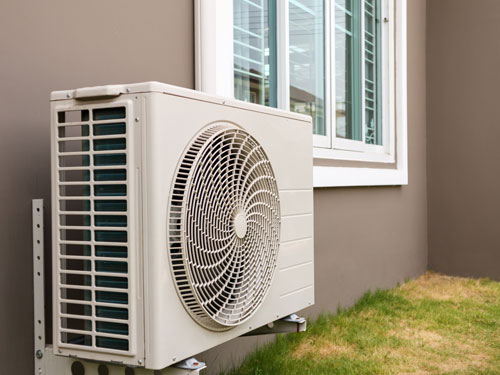
Service Your Furnace At The Start Of The Fall Season
With colder months on the way, the fall is also a great time to service your furnace. Servicing helps to keep your heating unit in good condition and ensures that it works properly when you need it.
Standard heating system servicing includes air filter replacement, checking the ventilation system for signs of wear and tear, inspecting and cleaning internal components, ensuring that the ignition system is working properly, and testing for energy efficiency. Technicians may also check your home’s thermostat and install carbon monoxide detectors to ensure that your furnace is not emitting harmful gasses into your home’s air.
If you have a dirty air filter, you should replace it. Debris can get into your heating and cooling system, making it work less efficiently, and push up your energy bill. Debris can become such an obstruction so as to cause your system to fail altogether.
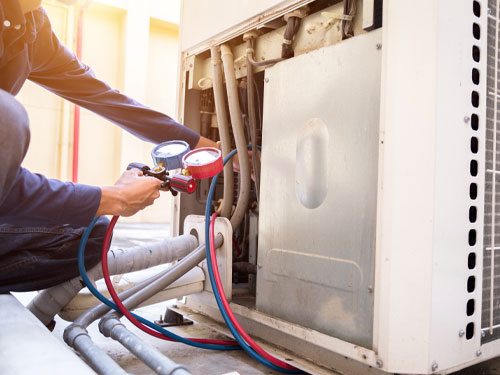
Check The Humidity Level In Your Home
Ideally, you want the humidity level in your home to be somewhere between 35 and 60 percent. If it falls out of this range, you can begin to experience indoor air quality issues, particularly as the temperature drops. Mold, dust mites, and other species can accumulate in your home during dry, cold weather.
To counteract this, you may want to monitor humidity levels using a hygrometer-equipped thermostat. If you notice humidity consistently falling below the 35 percent threshold, you may want to equip your HVAC system with a whole-house humidifier. This device can pump new moisture into the atmosphere automatically when humidity falls, preventing it from getting too dry.
Only professionals can fit humidifiers into whole-house air conditioners. However, if you need to, you can buy stand-alone humidifiers that plug into a mains socket. However, these are not as comprehensive.
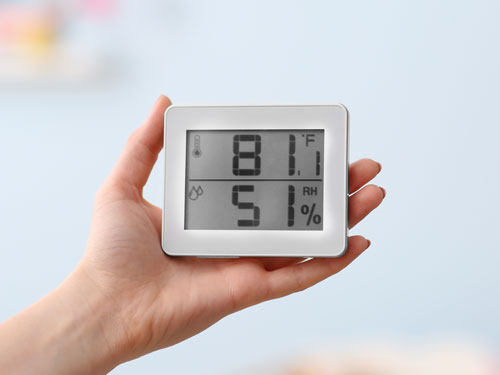
Change Your Air Filter
Cleaning or replacing air filters helps to prepare your HVAC system for the fall. Ideally, you should do this at least once per month. This way, you can reduce mites, dust particles, and bacteria entering your home.
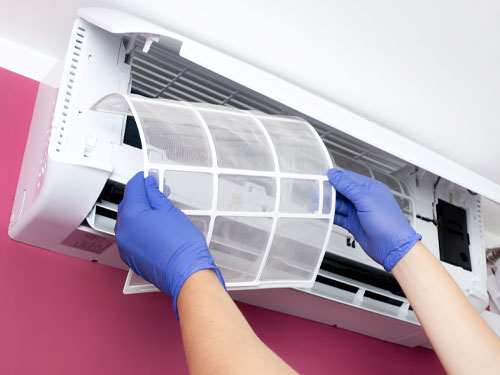
Seal All Your Air Leaks
Leaky air ducts can cause your energy bills to skyrocket. If your HVAC system can’t transfer warm and cool air around your home efficiently, it needs to work harder to achieve the same effect.
Traditional methods of sealing leaky air ducts involved using mastic tape and caulk. However, more advanced approaches pump sealant into the system. These automatically seek out gaps and harden over them, restoring the air barrier without the need for technicians to manually search for gaps (which can be difficult to do on many systems).
Sealing all the leaks around your windows and doors is also a good idea when fall arrives. If cool air can escape from your rooms, then it makes it much more challenging for your unit to heat your home on a reverse cycle.
Conversely, keep in mind that leaky air ducts can allow warm air into your home during the summer months when your air conditioning unit is working hard to keep your family comfortable. This is all the more reason to prepare your HVAC system for seasonal temperature changes.
Lastly, check any holes that connect to your outdoor unit. Ensure that there is no draft coming through the exterior wall. If there is, re-apply sealant.
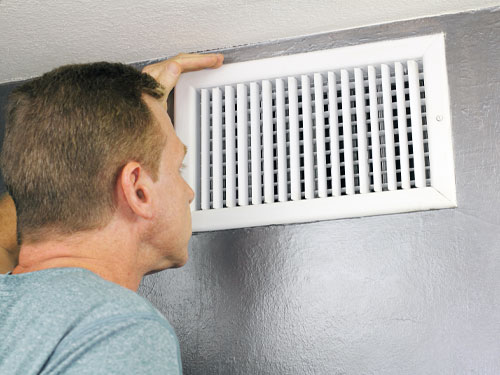
Test Your Indoor Air Quality
Low indoor air quality isn’t just unpleasant: it can also lead to significant health problems, particularly among household members with histories of asthma and allergies.
Air quality is usually quite high during the fall season. However, if yours is low, it can be a sign that your AC unit’s air filters need replacing.
Because of this, installing an air quality monitoring device could be a good idea. These tell you the CO2, fine particulate matter, humidity, and volatile organic compound levels in your home. They are helpful for tracking changes after swapping out old filters and replacing them with new ones, particularly on your air inlets.
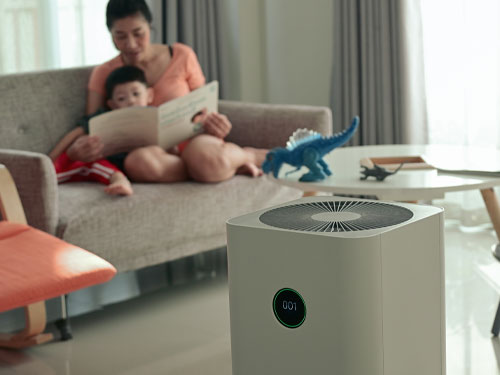
Protect Your Pipes
When temperatures fall below 32°F, there is a risk that pipes may freeze, particularly those close to exterior walls or outdoors. Therefore, make sure that you add foam pipe covers to any at-risk hardware, particularly around your condenser coil. Insulation won’t stop pipes from freezing entirely, but it will help them retain more heat during cold spells.
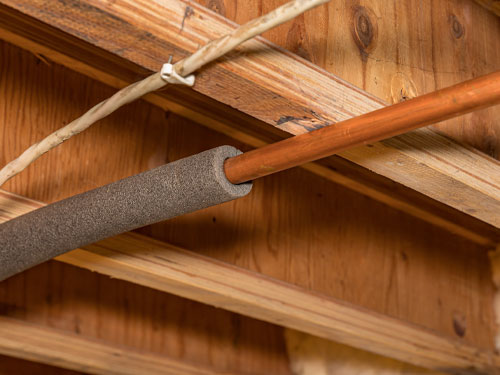
Clean Your Outdoor Unit
Cleaning your outdoor unit before covering it is also a good idea, particularly if fall has already started. Leaves, twigs, and other debris from deciduous trees can cause damage, especially if machinery is allowed to operate while there are objects stuck in it.
Spend some time observing any air conditioning units outside, both when switched on and off. Check that no items are caught inside and that no strange sounds are coming from the unit while in operation. If you need to, unscrew the cover to remove unwanted scraps and fragments, making sure you turn off the unit’s power at the shut-off box first.
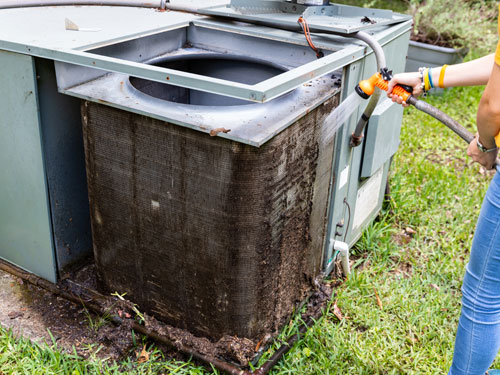
Change Your Thermostat Setting
Lastly, you’ll want to change your thermostat setting. During the summer months, the temperature is cool. However, now that fall is here, you’ll want to turn up the heat. If your HVAC system doesn’t respond well, call or contact the dedicated professionals at Patriot Air for servicing and repair.
